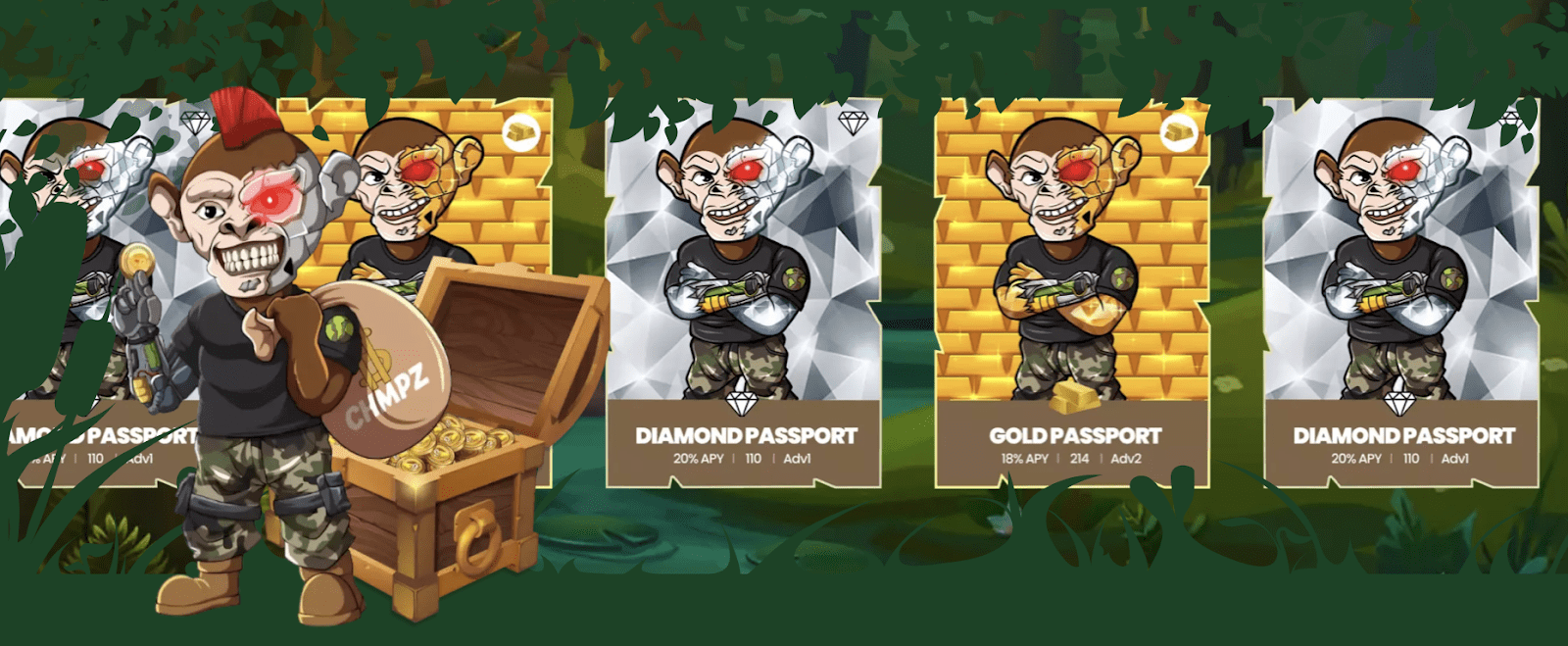
Fortunately, the Uganda Wildlife Authority rangers who run the show are among the best of the best. Like any African wildlife experience, chimpanzee tracking is only as good as its guides. But if you’re lucky, some will have come down to the ground, and that’s when the real magic happens.Īfricano, one of the skilled guides leading chimpanzee tracking in Kibale Forest National Park © Bella Falk The unsung heroes of Kibale They may be high up in the treetops, feasting on figs, grooming or playing. It’s an eerie, thrilling sound, and one that you know means you’re about to meet the stars of the show.Īs you follow the direction of the cacophony, you should soon find one of the family's sub-groups.

With a bit of luck you’ll soon hear them: that harsh, high-pitched screeching that rises to a crescendo and then fades away again as the family members call to one another. Pushing through the tangled undergrowth, ducking under low branches and watching your step for twisted roots, you’ll hike in the direction of where the animals were last seen, all the time listening for their cries in the trees above. And then it’s time to head into the forest. Once you’ve been briefed, you’re separated into groups of up to seven, each accompanied by a guide, who is armed in case of emergencies. While it might seem fun to mimic them, if you’re not careful you might accidentally end up recreating a battle cry and bring 120 angry chimpanzees down upon you. It's also not wise to imitate their calls. Not only for your own safety, but also for theirs as our colds, viruses and diseases can easily spread to them due to shared DNA. Top of the list: avoid getting too close. The adventure starts with a briefing, during which you’ll learn a little about the animals you’re about to see, as well as being given some dos and don’ts. Most visitors opt for the half-day, which should provide you with plenty of time to find the group and enjoy a thrilling hour in their company. Goodall moved in with a community of chimps in Tanazania’s Gombe National Park, where she was able to prove that chimpanzees kill and eat small mammals, and can make and use tools, ideas that were completely unknown at the time.īy spending time with the chimps she eventually taught them to accept her – a process known as habituation which is not only fantastic for scientists, but also opens up the opportunity for ordinary visitors to get almost within touching distance of these incredible creatures.

Today we know that chimpanzees are humans’ closest genetic relatives – sharing around 98% of our DNA – but it was the celebrated primatologist Dr. Jane Goodall who first observed their astonishing human-like behaviour. However, it's when they descend from the canopy that you’ll have your best chance of getting close to them. They’ll typically spend much of their day high up in the treetops, grooming, sleeping, and feeding on fruit, leaves and bark. A male member of the Kanyanchu chimpanzee group in Kibale Forest National Park © Bella Falk Africa’s chimpanzeesĬhimpanzees live in communities of up to 150 members, which are divided into smaller subgroups and led by an alpha male.


 0 kommentar(er)
0 kommentar(er)
